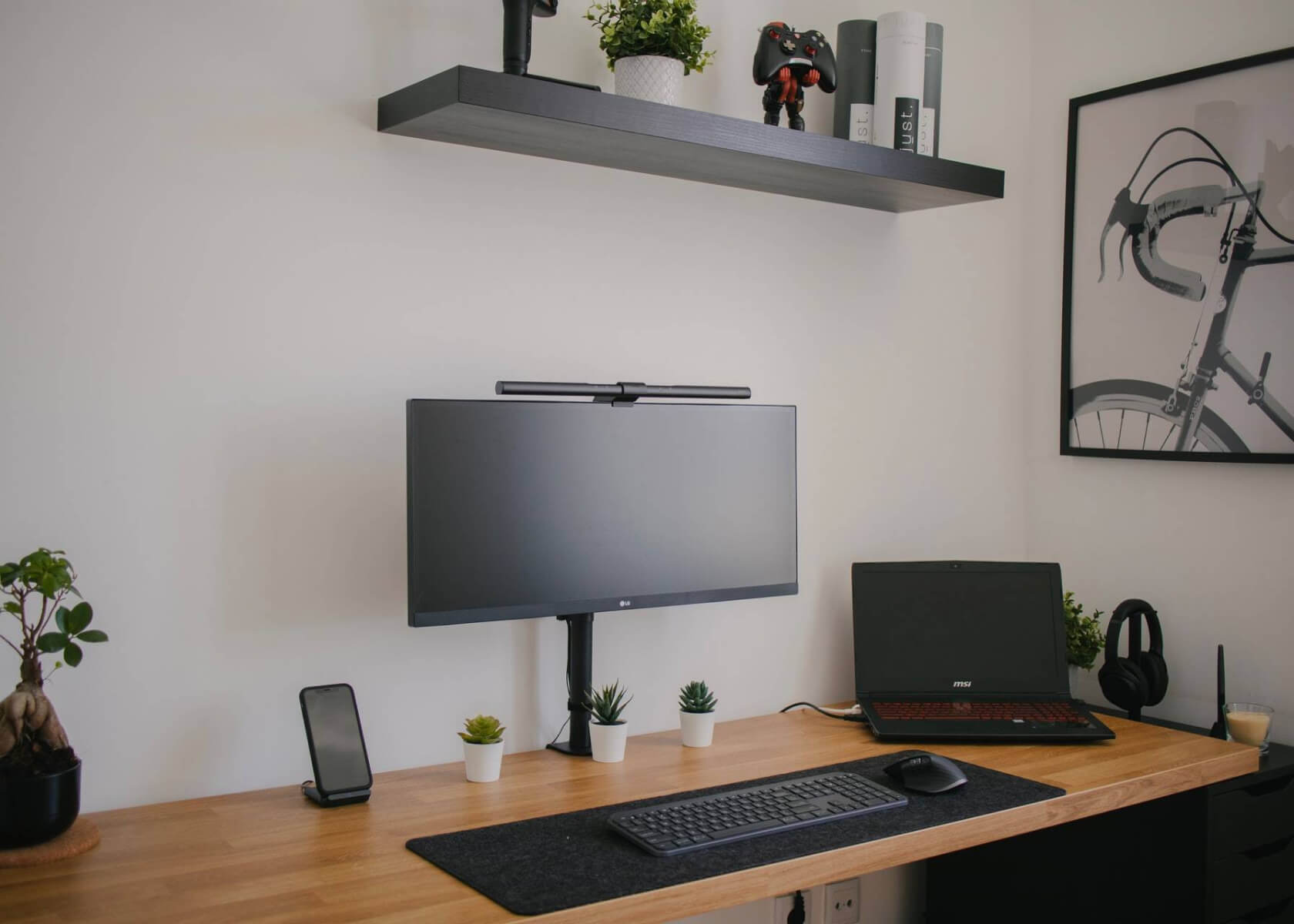Designing and Utilizing Customizable Notion Dashboards: A Comprehensive Guide

New to Notion?
How to Design and Use Customizable Notion Dashboards
Notion, the all-in-one Productivity tool, allows users to create powerful and visually appealing dashboards that can be fully customized to meet specific needs. Whether you're tracking personal goals, managing projects, monitoring team progress, or creating a central hub for your most important information, this guide will walk you through designing and using Notion dashboards effectively.
Designing a Notion Dashboard
Designing a dashboard in Notion involves combining visual elements with functional components. Follow these steps to create a stunning and practical dashboard:
Step 1: Define Objectives and Layout
Before you begin, determine the main objectives of your dashboard. Identify the key information you want to track and display. Consider the layout that best suits your needs—whether it’s a multi-column setup, tables, lists, or even embedded databases. Clear planning will help you arrange the elements logically and efficiently.
Step 2: Create Sections and Blocks
In Notion, sections act as containers for various blocks. Start by creating distinct sections to organize your dashboard, then fill them with the appropriate blocks. You can choose from text, headings, lists, tables, calendars, or embed content such as documents and spreadsheets. This modular structure makes it easy to update and rearrange the dashboard over time.
Step 3: Format and Style
Enhance the visual appeal of your dashboard using Notion’s rich formatting options. Utilize headers, bullet points, colors, and font styles to increase readability and make key areas stand out. Experiment with different aesthetics—whether you prefer a minimalist look or a vibrant, colorful design—to match your workflow.
Step 4: Add Dynamic Components
Leverage Notion's dynamic capabilities by adding databases, linked pages, and interactive tables. These components allow you to connect and filter data throughout multiple pages. Incorporate features such as rollups, formulas, and relation properties to create interactive elements that automatically update when your underlying data changes.
Step 5: Incorporate Media and Integrations
Make your dashboard engaging by embedding media such as images, videos, or even audio clips. Additionally, take advantage of Notion's integration capabilities by connecting external tools that enhance your workflow. For example, you can embed links to cloud-stored documents or integrate project management tools for real-time updates and collaboration.
Using a Notion Dashboard
After designing your customized dashboard, it’s time to fully integrate it into your workflow. Here are some tips to maximize the productivity and organization benefits Notion dashboards offer:
1. Centralize Information
A well-organized dashboard acts as a central hub for all your critical information. Store everything—from project documents and task lists to meeting notes and progress updates—in one easily accessible location. Utilize linked pages and databases to ensure a seamless flow of information across your workspace.
2. Track Goals and Progress
Monitor your personal or team goals by embedding task lists, progress trackers, and milestones in your dashboard. Use Notion’s database properties and formulas to craft dynamic progress bars or charts that visually represent your achievements. Regular updates help you stay on track and celebrate milestones as they are reached.
3. Collaborate and Communicate
Notion dashboards are designed with collaboration in mind. By sharing your dashboard with colleagues, you keep everyone informed about project updates, deadlines, and responsibilities. Make use of comments, mentions, and the @ symbol to facilitate discussions or assign tasks directly from within your dashboard.
4. Customize Views
Notion offers multiple ways to view your data. Customize views by applying filters, sorting options, or grouping properties to focus on specific subsets of information. Whether you need a calendar view for deadlines or a gallery view for visual projects, experimenting with different views enhances clarity and makes decision-making easier.
5. Automate Workflows
Streamline recurring tasks by taking advantage of Notion’s automation capabilities. Use templates, formulas, reminders, and scheduled actions to minimize repetitive work. With a well-automated dashboard, you can spend more time on high-value activities instead of manual updates.
By following these updated design and utilization principles, you can harness the full power of Notion dashboards to boost productivity, stay organized, and achieve your goals efficiently. Keep exploring Notion’s evolving features; refine your dashboard as your needs change, and enjoy a streamlined, visually compelling approach to managing your work and life. Happy dashboarding!


